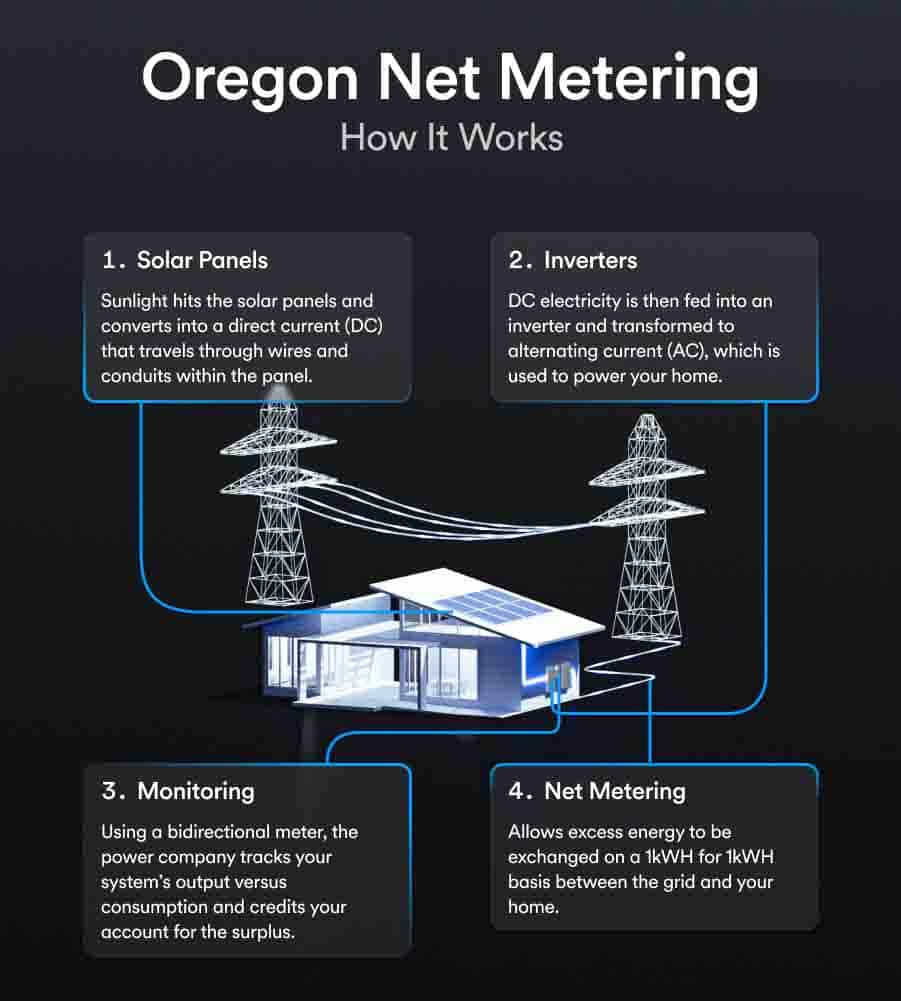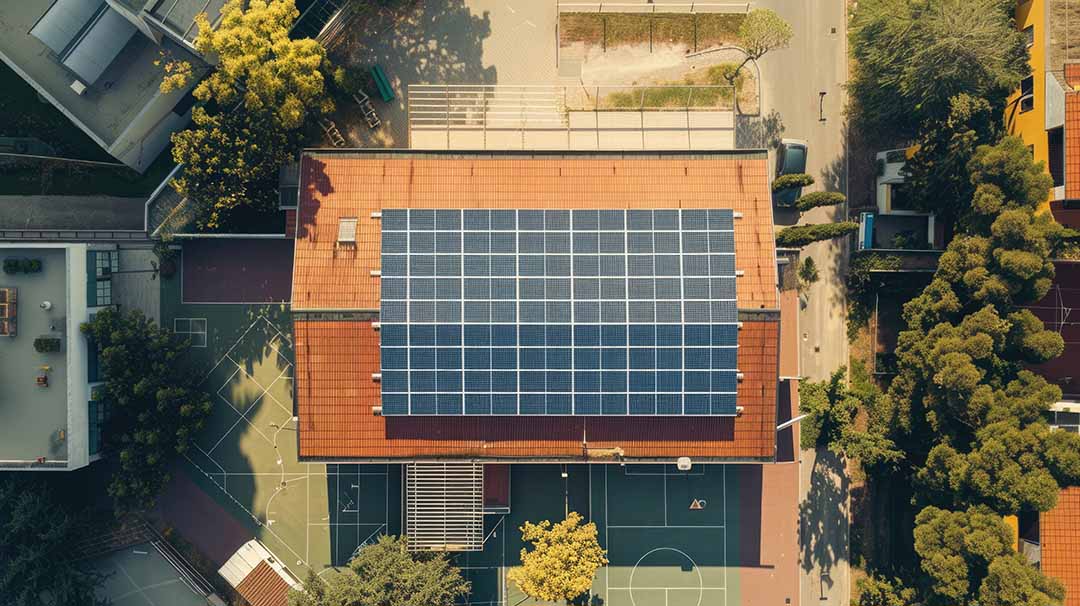With thousands of Iowa homeowners going solar, it’s obvious that home solar is here to stay. But how can solar work in Iowa during the winter? The answer is net metering, a process that helps homeowners who go solar save money year-round – Even when there’s snow on the ground.
Keep reading for our guide that breaks down net metering, how it works in Iowa, and how this simple process helps homeowners with solar save more.
What Is Net Metering in Iowa?
Net Metering, often referred to as NEM, is what allows homeowners in Iowa with solar panels to receive a credit for any excess energy produced compared to what your home actually consumes.
When you go solar, your utility provider will come out and install a second meter alongside your normal electric meter. That’s called your net meter. Unlike your normal meter, the net meter tracks energy that flows out of your house and back onto the grid.
When your system produces more kilowatt hours of electricity than what your home is consuming, that excess energy is sent back onto your local. Because you’re helping provide clean energy for your community, you receive payment as a credit to be used by your system in times of lower energy production.
That means that even on the stormiest winter day, your home can still be powered by solar energy, no expensive or clunky battery system is needed.
How Does Net Metering Affect Iowan’s Utility Bills?
With net metering, you don’t see your utility provider sending you a check each month for the energy you helped supply. But you will see it on your monthly statement. You’ll see those credits on your bill, usually below or next to any charges you accrued.
By keeping track of your accrued net metering credits, and using your monitoring app to keep an eye on your production, you can make sure that you avoid any energy creep. That’s important to do, so you can ensure you’ve built up the right amount of energy credits for your home and the winter season.
Additionally, both MidAmerican and Alliant have net metering policies where they’ll roll over your credits regularly every month, for up to one year. That’s how those long summer days turn into free energy in the winter.
How Does Net Metering Work in Iowa?
It’s important to know that both MidAmerican Energy and Alliant measure their NEM differently. While MidAmerican bases it on annual energy use, Alliant bases it on maximum annual demand. According to the Iowa Utilities Board, net metering is currently available to about 89% of residential customers in Iowa.
Iowa’s net metering rule requires utility providers to purchase a customer’s net excess generation at the utility’s avoided cost rate. Avoided cost rate is the minimum amount an electric utility is required to pay an independent power producer. This includes homeowners with grid-tied solar.
MidAmerican Energy customers can carry their excess energy generation forward for use in the future as a kilowatt-hour (kWh) credit. The NEM kWh offset provides a credit at the customer’s retail electricity rate, or the wholesale market price of electricity as a cents/kilowatt hour (kWh).
How does net metering work specifically with MidAmerican Energy?
An eligible customer with MidAmerican is able to have a system that offsets up to 110 percent of a customer’s load. With NEM, the excess energy that is delivered back through the grid to MidAmerican is then subtracted from the energy consumed.
If a customer consumes more energy than what the system produces for that month, the excess power that the customer had to use is then billed to the customer at the same electric rate normally offered by MidAmerican.
If the customer delivers an excess of energy to the grid of MidAmerican during the billing period, NEM then provides the customer credit that can be stored in their account for future use. MidAmerican customers are not able to cash out on any excess credits.
How does net metering work specifically with Alliant Energy?
For Alliant Energy customers, you can only receive credits on a system that offsets your home up to 100%. If your system produces an excess of energy you will either receive bill credits or back payment.
The amount of your excess energy that is eligible for NEM will be determined by taking your overall consumption (in kilowatt-hours, kW) divided by the capacity of your system (in kilowatt-hours).
Purelight Can Help You Get There!
Iowa’s net metering program is a great money-saving tool for homeowners with solar. While the state of Iowa is currently mandating MidAmerican and Alliant to continue with the current NEM agreements, these programs are not set to last long.
Many states are attempting to take away the NEM programs for good, eliminating the financial benefits of residential solar. Iowa could be next.
Find out now if your roof qualifies for $0 down solar before it’s too late.





